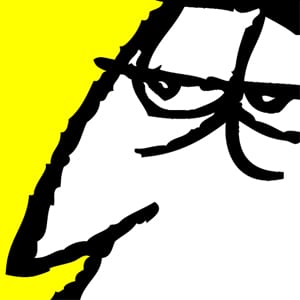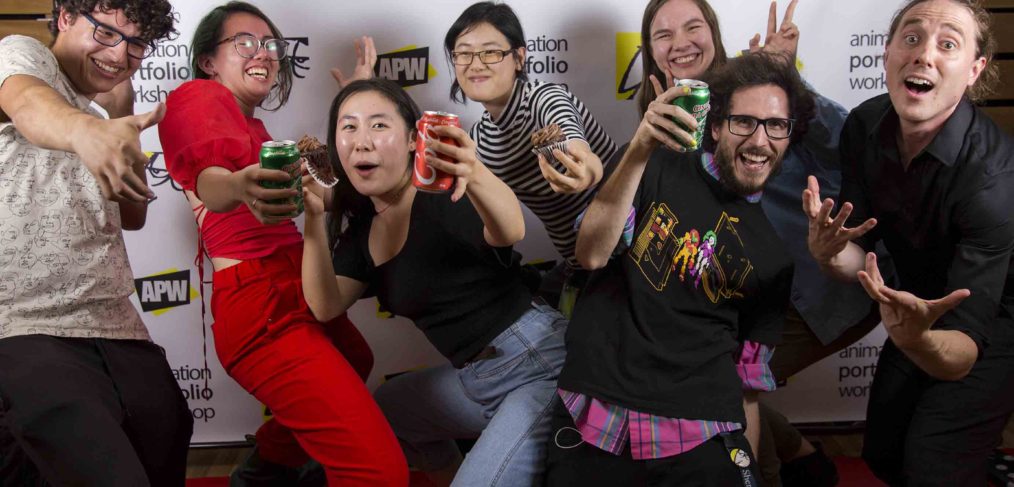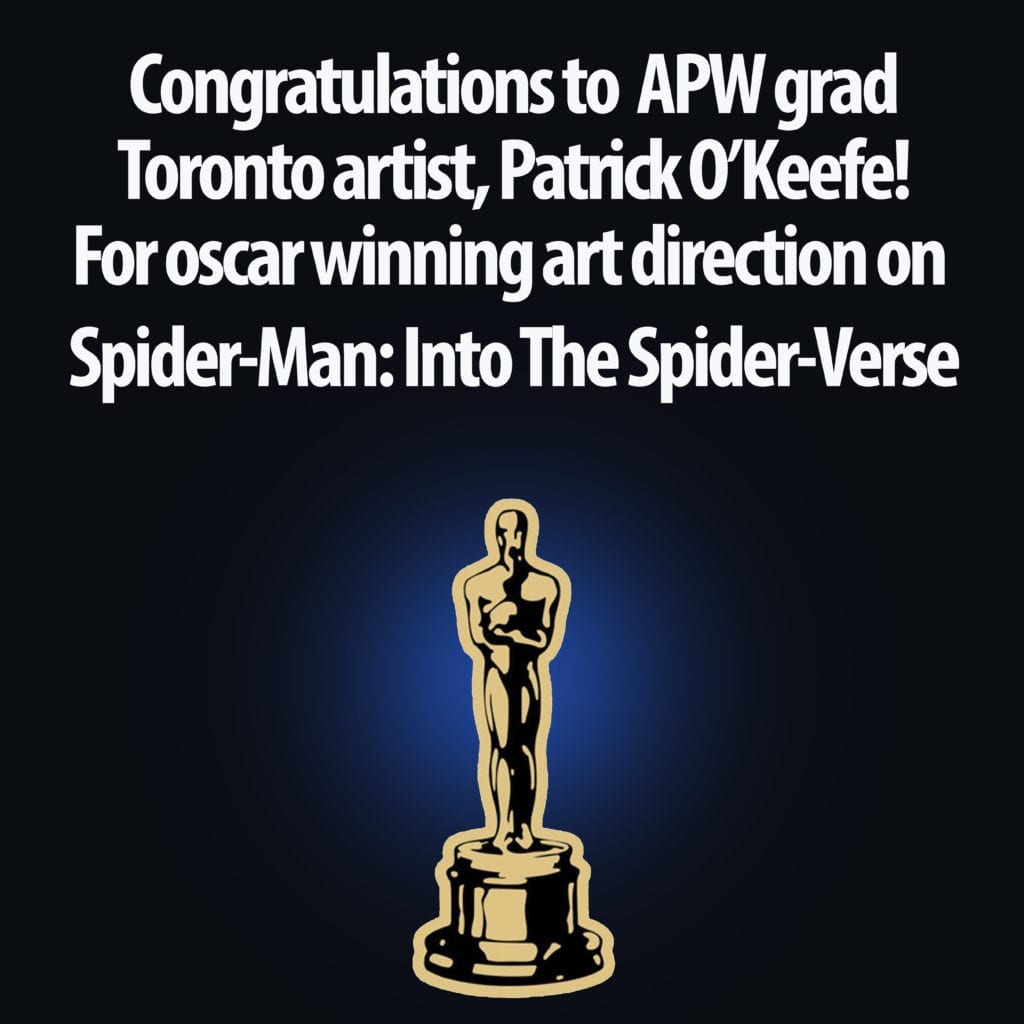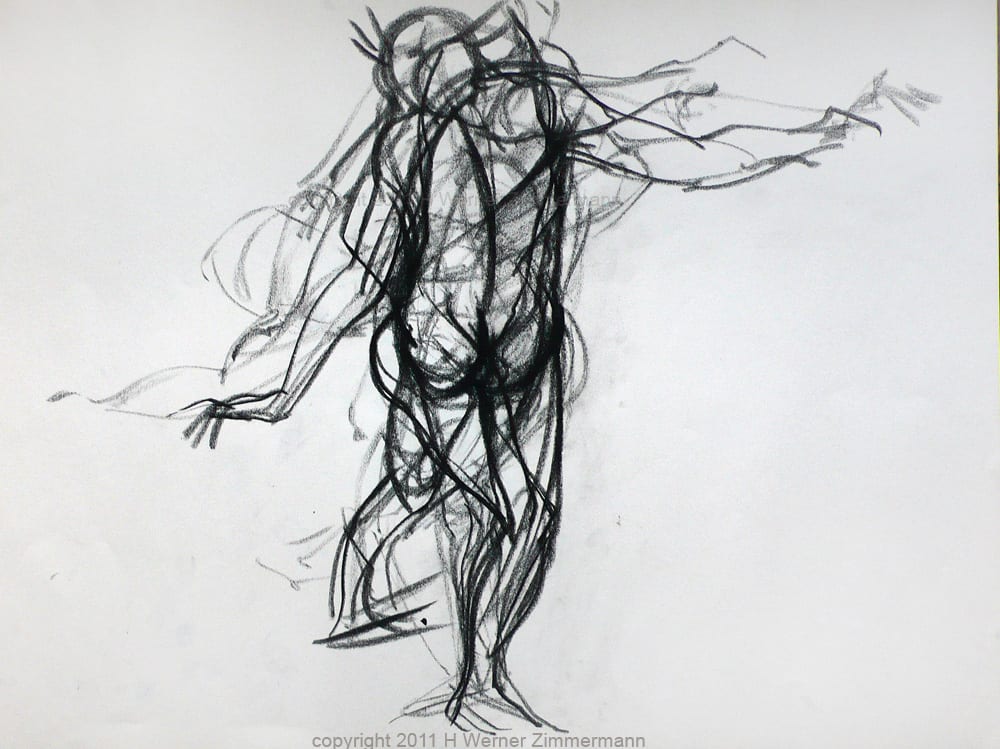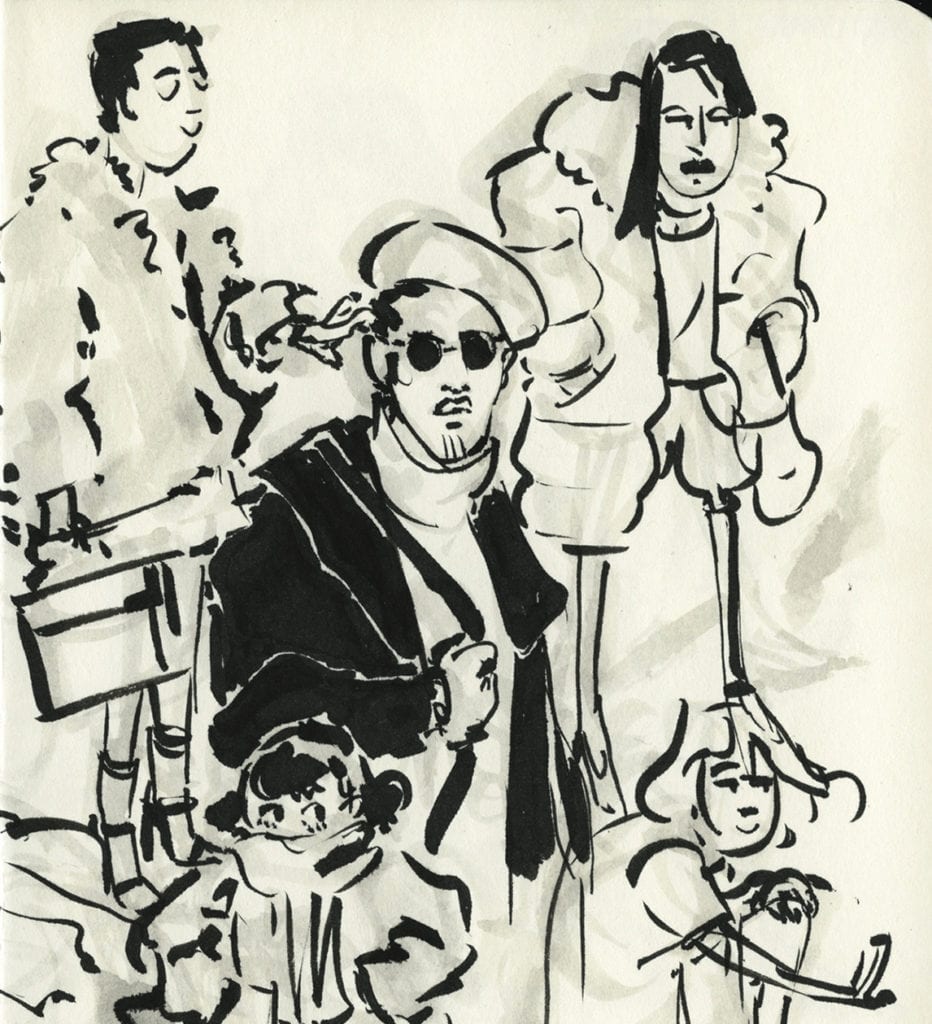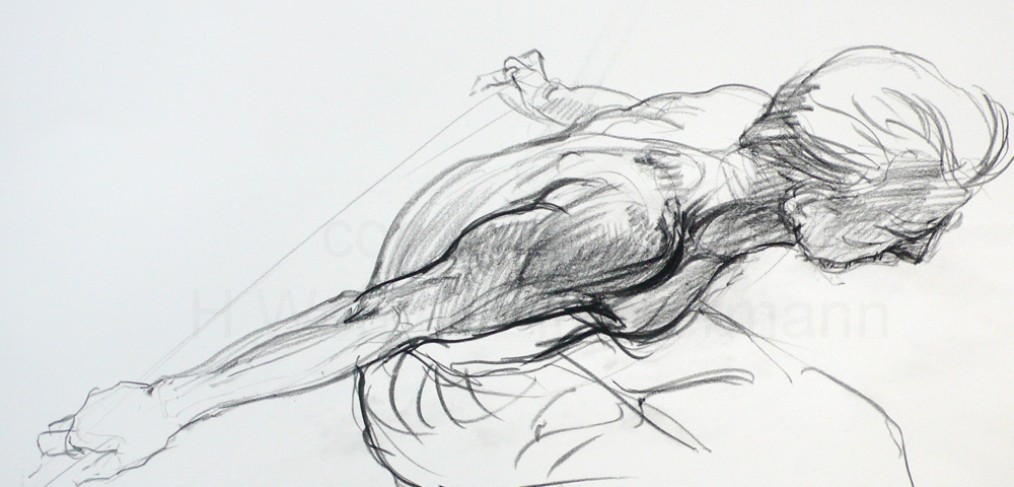In my capacity as Director of Animation Portfolio Workshop, the question I get asked the most by students and parents is, “How do I know if an animation school is good?”
When checking out animation schools, treat the experience as if you are shopping for a very expensive item. Make a list of the qualities you are looking for, do research and ask questions. Expensive items are also known as “investment pieces” – and animation school is an investment in your future.
I give my students a basic checklist with questions to ask when they meet with representatives of schools they are interested in.
Here are a few:
What is the quality of the work produced by recent grads of the animation program?
Most schools post examples of their recent grads’ animation portfolios online. If you feel unqualified to judge the quality of the work, find someone with experience and ask their opinion.
What kind of tech is being used by the school?
Animation is basically about two things: excellent drawing skills and current technology. Since production in the animation industry is so intimately tied to the use of specially-formatted software and hardware, all good schools should train their students using the most current technology so that their grads can compete and perform effectively in any studio job or environment that they choose to enter. Any good animation school will be more than happy to supply you with a list of the technology they are using in their programs. Try contacting an animator at a reputable studio about the types of basic tech required in the current hiring market.
Is there enough tech to go around?
If students are fighting over hardware, animation stations, or feeling rushed to finish assignments because their “time is up” on a particular device, then something is definitely wrong. Good animation schools are expensive, and it follows that the equipment they are offering should not only be current but also plentiful.
The answers to these questions can help you make informed choices when it comes to choosing an animation school.
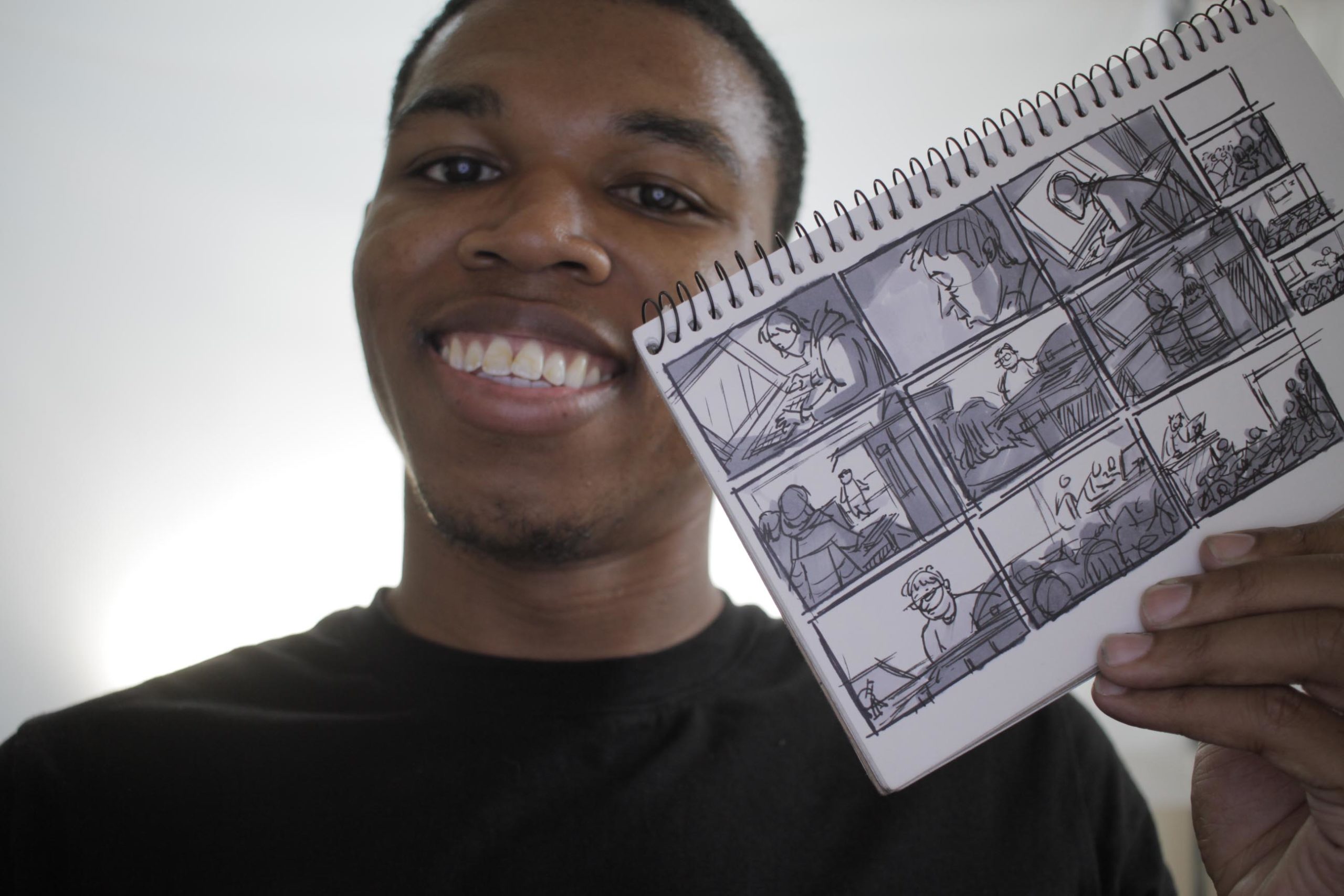
We’ll focus next on whether the animation school you choose makes a difference to studios when they are hiring.
